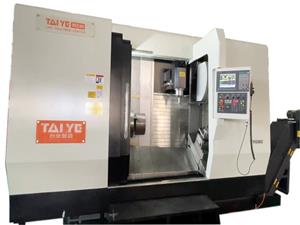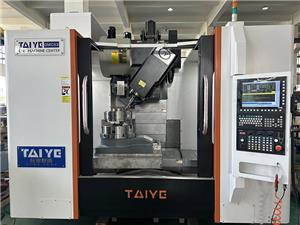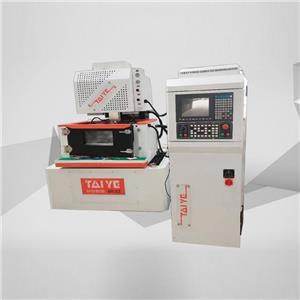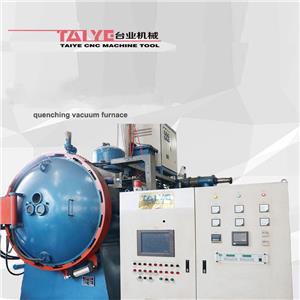Understanding The EDM Process
Understanding The EDM Process
Electrical discharge machining (EDM) is a manufacturing process that implements electrical sparks to form a metal shape. Because of these sparks, EDM is also sometimes referred to as spark machining. In this process, the desired shape is cut from the metal when current discharges, or sparks, occur between two electrodes; where the sparking occurs, cuts are made into the metal, creating the desired shape and detaching it from the metal sheet.
There are two main types of EDM-- wire and sinker-- and several other less common methods, but this article will be focusing on wire EDM. Wire EDM uses a wire as the tool electrode. The wire is wound between two spools and, when in motion, the active part of the wire continually switches-- preventing the material from eroding from the wire itself.
During the EDM process, a metal part is placed into dielectric fluid, and a wire is fed through the submerged metal component. An electric current is sent through the part to create the sparks that will ultimately help form the desired shape of the component.
When the distance separating the electrodes narrows, it increases the intensity of the electric field, and thus increases the strength of the dielectric fluid. The current more easily passes between the two electrodes under these conditions, leading to the separation of the component from the metal sheet with each spark.
After the currents have passed through and the desired shape has been achieved, manufacturers will sometimes perform a process called "flushing," using a dielectric liquid to help remove any leftover material or waste from the finished product.
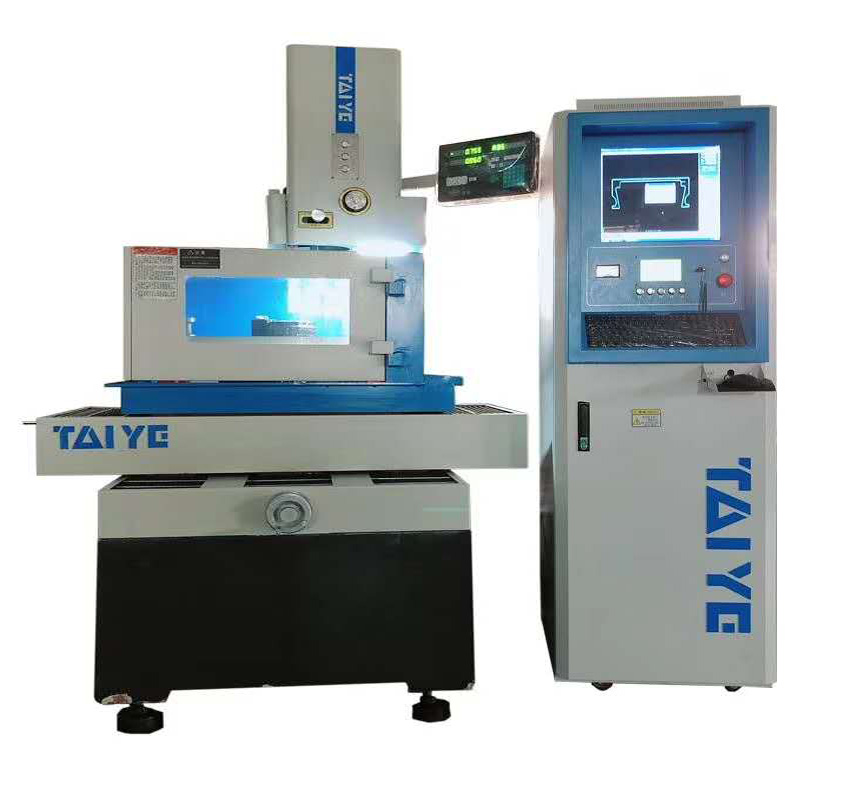
- 3 Axis Vertical Machining Center
- 3 Axis Hard Line Vertical Machining Center
- 3 Axis 2 Linear One Hard Line Vertical Machining Center
- 3 Axis Linear One Line Vertical Machining Center
- Heat Treatment Vacuum Furnace
- Heat Treatment Oil Quenching Vacuum Furnace
- Heat Treatment Air Quenching Vacuum Furnace

